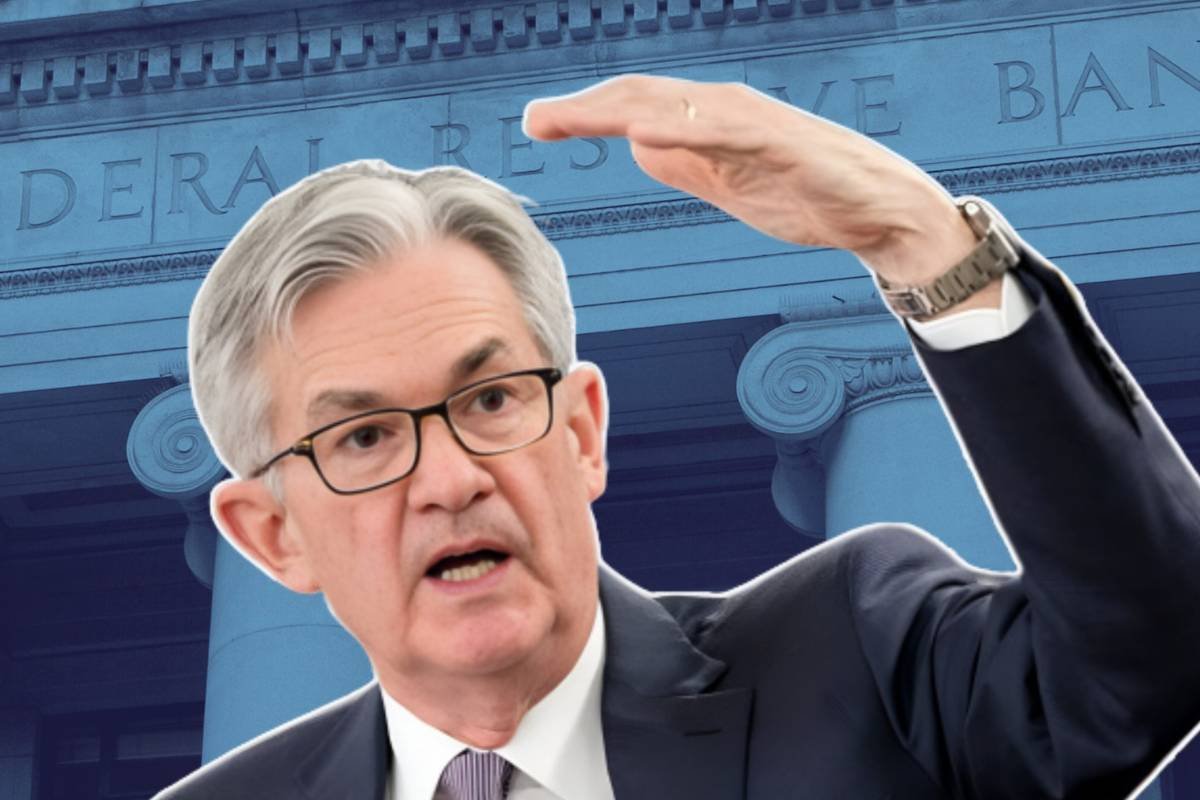Fed Officials Maintain Caution on Rate Cuts
Federal Reserve officials have signaled a cautious approach toward interest rate cuts, emphasizing the need for further progress on inflation before making adjustments. According to minutes from the January meeting of the Federal Open Market Committee (FOMC), policymakers unanimously decided to maintain the key policy rate following three consecutive reductions in 2024. Concerns about inflationary pressures, particularly those stemming from potential policy shifts under President Donald Trump, played a key role in their decision-making process. Officials noted that while the current policy stance remains less restrictive than before the rate cuts, it provides them with time to evaluate economic conditions before making any further moves.
Despite some optimism about economic growth, the central bank remains focused on inflation and employment trends. Most policymakers agreed that as long as the economy stays close to full employment, any further rate cuts would require clear evidence that inflation is moving sustainably toward the Fed’s 2% target. They also expressed concern over potential risks associated with new trade and immigration policies, which could influence inflation trends.
Tariffs Could Complicate Inflation Outlook
A major source of uncertainty for the Fed is the impact of new tariffs proposed by President Trump. The administration has already imposed some duties, but recent discussions suggest an expansion of tariffs on key industries such as automobiles, pharmaceuticals, and semiconductors. Trump has indicated that these tariffs could rise as the year progresses, potentially driving up costs for businesses and consumers alike.
The FOMC minutes highlighted that business contacts in various regions have warned that companies may pass higher input costs on to consumers, which could lead to inflationary pressures. Officials acknowledged that an escalation in tariffs could challenge the Fed’s ability to bring inflation under control. Some policymakers noted that the potential effects of trade restrictions could introduce “upside risks” to the inflation outlook, complicating future monetary policy decisions.
Despite these concerns, some Fed officials remain optimistic about economic conditions. The minutes cited expectations that regulatory easing and changes in tax policies could provide economic benefits. However, the broader concern remains that increased tariffs could offset these gains by fueling inflation and delaying the possibility of interest rate cuts.
Market Expectations and Future Policy Moves
Since the meeting, Federal Reserve officials have continued to approach policy decisions with caution, avoiding strong signals about future rate changes. Fed Chair Jerome Powell has refrained from speculating on the direct impact of tariffs, though other officials have acknowledged that the administration’s trade policies could affect monetary policy.
Market analysts currently anticipate that the next rate cut may occur in July or September, depending on economic developments. Inflation data has been mixed, with consumer prices rising more than expected in January, while wholesale prices have shown signs of easing. The Fed’s benchmark interest rate remains between 4.25% and 4.5%, with policymakers carefully monitoring economic trends before making further adjustments.
As the year unfolds, the Fed will continue to balance its dual mandate of fostering employment and ensuring price stability while navigating the complexities of trade policy and inflationary risks.










